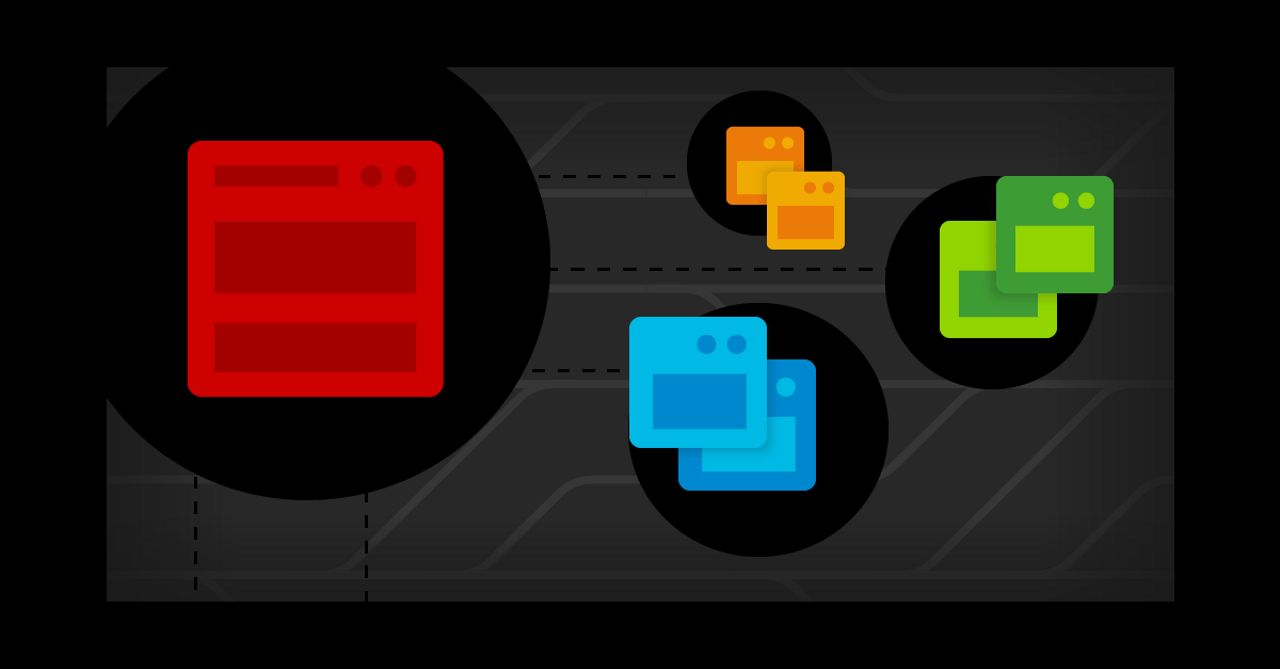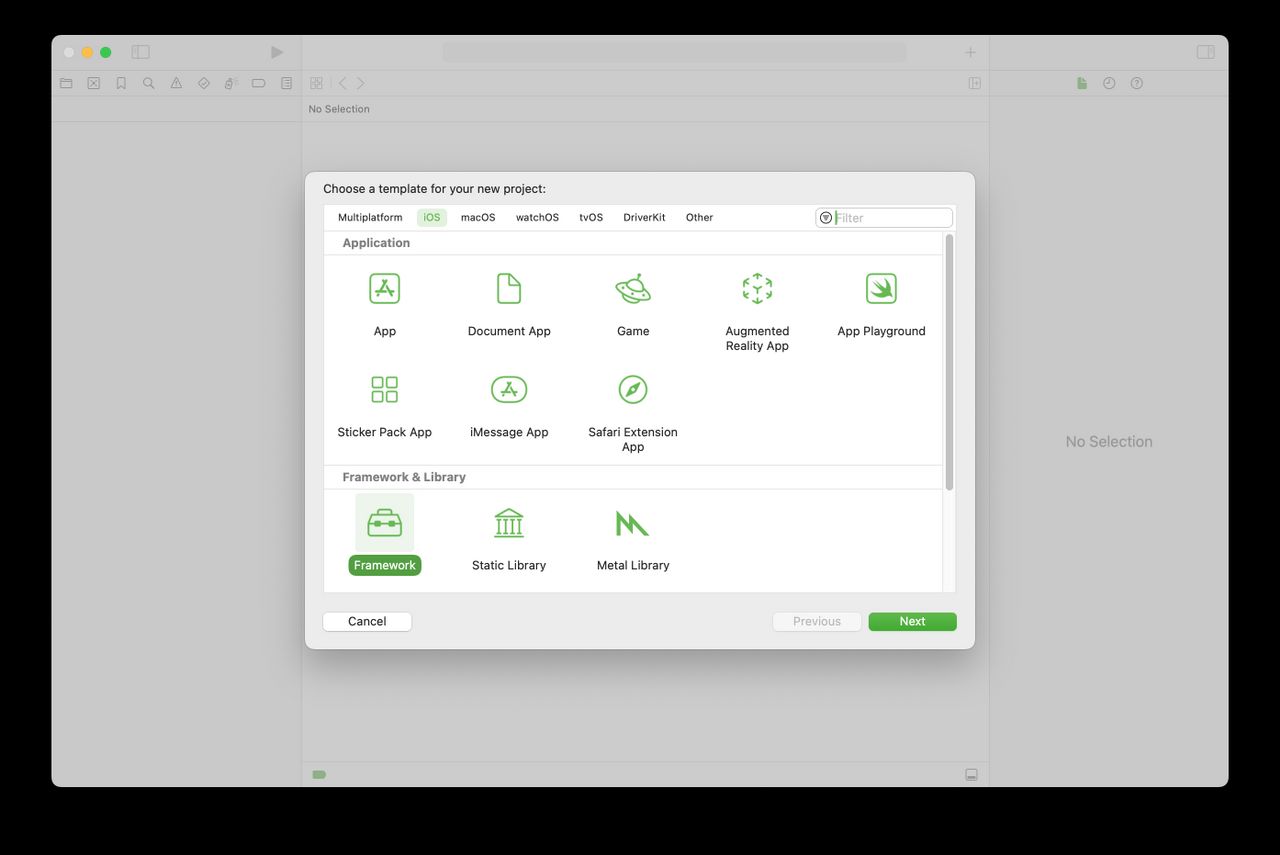“We build our computers the way we build our cities—over time, without a plan, on top of ruins.”
[…]
Once we have identified the functional boundary and the interception method, we need to decide how we will approach database strangulation—that is, separating our legacy database from application services. We have a few paths to choose from.
[…]
Most databases allow us to execute custom behavior when data is changed. In some cases, that could even be calling a web service and integrating with another system. But how triggers are implemented and what we can do with them varies between databases. Another significant drawback here is that using triggers requires changing the legacy database, which we might be reluctant to do.
[…]
One of the most important reasons to consider the Strangler pattern for migrating monolithic legacy applications is reduced risk and the ability to fall back to the legacy application. Similarly, Debezium is completely transparent to the legacy application, and it doesn’t require any changes to the legacy data model. Figure 6 shows Debezium in an example microservices architecture.
With a minimal configuration to the legacy database, we can capture all the required data. So at any point, we can remove Debezium and fall back to the legacy application if we need to.
Here are some of Debezium's specific features that support migrating a monolithic legacy application with the Strangler pattern:
[…]
When we see that the read operations are going through without issues, we can then direct the write traffic to the new service. At this point, if we still need the legacy application to operate for whatever reason, we will need to stream changes from the new services toward the legacy application database. Next, we'll want to stop any write or mutating activity in the legacy module and stop the data replication from it. Figure 8 illustrates this part of the pattern implementation.
Since we still have legacy read operations in place, we are continuing the replication from the new service to the legacy application. Eventually, we'll stop all operations in the legacy module and stop the data replication. At this point, we will be able to decommission the migrated module.
[…]






